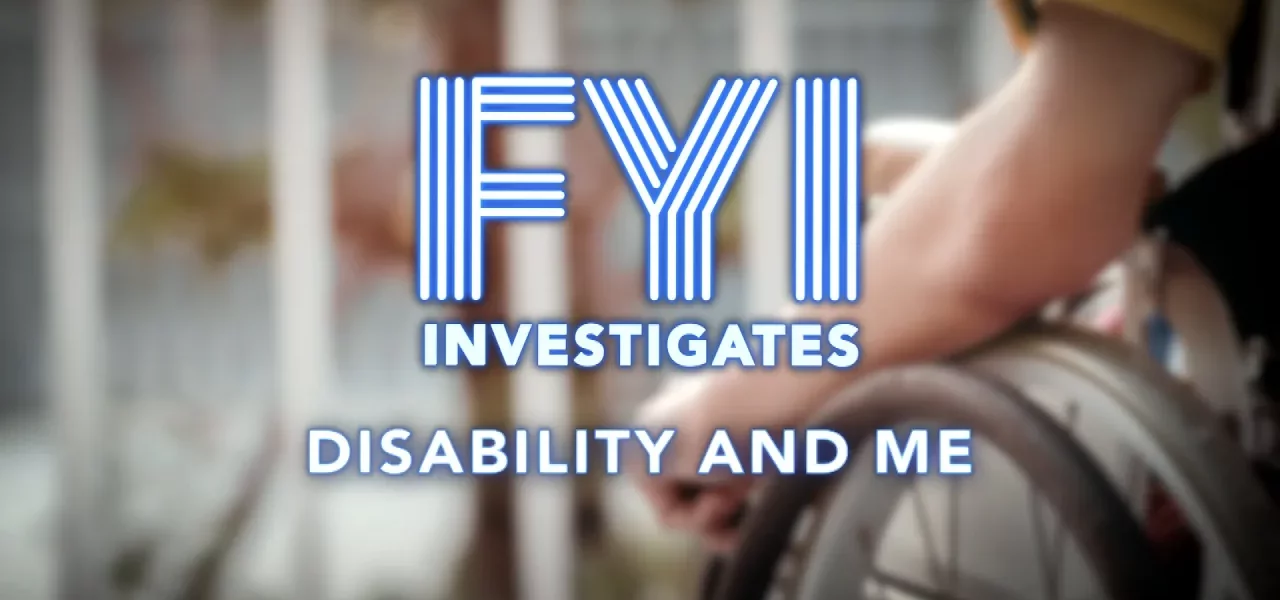The Challenges Faced by Disabled Children in the UK

This article delves into the experiences of disabled children in the UK, highlighting their struggles, the support systems available to them, and the societal perceptions that affect their everyday lives. A major report reveals shocking statistics about the lack of support, and we meet inspiring young individuals who are advocating for change.
Introduction
In the UK, over 1.5 million children live with a disability, facing numerous challenges in their daily lives. Many encounter significant barriers in accessing education, healthcare, and social opportunities. A recent report by the Disabled Children’s Partnership, a coalition of over 120 charities, sheds light on these issues, revealing that a staggering 45% of disabled children wait longer than 18 weeks for healthcare. This article explores the real stories of disabled children, their needs, and their hopes for a more inclusive future.
Understanding the Challenges
Disabled children often face a myriad of challenges that impact their physical, emotional, and social well-being. This section highlights the main points raised in the recent report and includes personal accounts from disabled children themselves.
Healthcare Accessibility
Access to timely and effective healthcare is crucial for disabled children. However, the report indicates that:
- Only 25% of disabled children feel they have adequate support to enjoy their hobbies.
- Over 45% of disabled children wait longer than 18 weeks for necessary healthcare.
These statistics raise concerns about the prioritization of healthcare services for disabled children, who often require specialized treatment and support.
Educational Barriers
Education is another critical area where disabled children face significant challenges. The report reveals that:
- Only 40% of disabled young people feel they receive the necessary support in school.
- Many disabled children experience long absences from school due to inadequate support.
These barriers often lead to feelings of frustration and exclusion, impacting their overall educational experience and future opportunities.
Personal Stories
To provide a deeper understanding of these issues, we meet four remarkable disabled young individuals who share their experiences and challenges.
George: A Fight for Equality
Meet 12-year-old George from Tumbridge Wells, who lives with Spinal Muscular Atrophy Type 2. Despite his condition, George is a tireless advocate for awareness and better treatment access. He faces everyday challenges, including:
- Independence in daily activities such as eating and dressing.
- Accessibility issues in public spaces, like lack of drop curbs.
- Limited options for accessible playgrounds.
George’s story emphasizes the need for improved infrastructure and support to help disabled children engage with their communities.
Isa: The Struggles of Autism
11-year-old Isa, who is autistic, shares her experience of not attending school for nine months. Due to her condition, Isa faces unique challenges, including:
- Difficulty with basic tasks like brushing her hair and getting dressed.
- Overwhelming stress from school environments that are not accommodating.
- Long delays in receiving a diagnosis, which affected her educational trajectory.
Isa’s journey highlights the critical role that early diagnosis and tailored educational support play in the lives of autistic children.
Harmony: Overcoming Adversity
Harmony Rose, who lost her limbs due to meningitis, exemplifies resilience. Despite her challenges, she actively participates in fundraising and advocacy efforts. Key points from her story include:
- Daily physical therapy and adaptation to new prosthetics.
- Feelings of exclusion when unable to participate in activities with friends.
Harmony’s story serves as a reminder of the importance of inclusion and accessibility in play and leisure activities.
Eva: Spreading Kindness
Eva, who has Cerebral Palsy, has turned her experiences of bullying into a platform for education. After facing exclusion in school, she created a talk aimed at educating others about disabilities. Her initiatives include:
- Visiting schools to raise awareness about disabilities.
- Creating a video to be shared widely in educational institutions.
- Promoting kindness and empathy among peers.
Eva’s proactive approach demonstrates the power of advocacy in changing perceptions and fostering inclusivity.
Conclusion
The stories of George, Isa, Harmony, and Eva shed light on the pressing issues disabled children face in the UK. From healthcare delays to educational barriers and societal exclusion, these challenges are significant. It is imperative that we advocate for better support systems, improved healthcare access, and inclusive educational practices. As a society, we must strive to ensure that disabled children are treated equally and provided with the opportunities they deserve. If you believe in equality and inclusion, consider supporting organizations that work towards empowering disabled children. Together, we can make a difference.
“`




